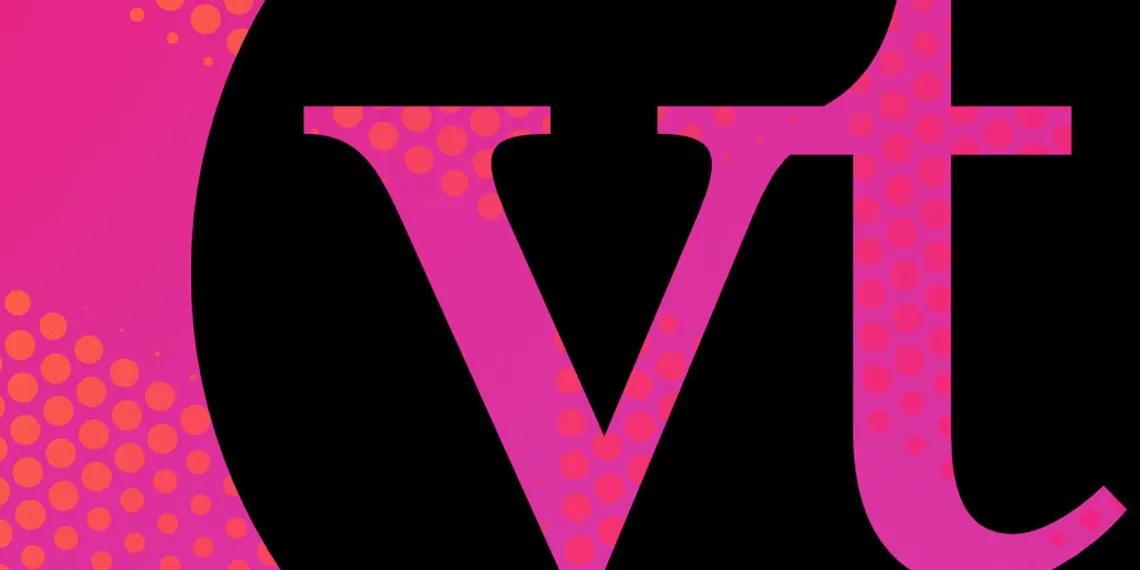Innovating with VoiceThread
Thinking of using VoiceThread? Here are some great ways to use it creatively in your course.

With the various tech tools at your disposal, how do you know when to use one over another? In this post, we will look at various ideal use cases for VoiceThread, which is essentially an asynchronous video discussion tool. Using a tool like VoiceThread properly and effectively can reduce cheating, improve the sense of community and collaboration in your class, and create learning experiences that students will remember well beyond their time in an individual course.
Use Case 1: Class Introductions
Allowing students to get to know each other through video is much more personable than just using text. This is also a great way to introduce this tool to students if it is going to be used for any other assignments in the course. Pre-training the students helps remove the technology as a barrier in future assignments where the stakes are higher.
Why not just use a text intro discussion? There is evidence that supports the idea that keeping discussions in text form has an association with a higher expectation for deeper thought (Garrison, 2017, p. 36). However, the intent in an introduction discussion is to get the members of the class or group to feel comfortable with one another. This can be achieved when they see each other as a person with something to contribute, and hearing a person’s voice is a large part of that ability to humanize another person (Epley, 2019). This humanization will help in interactions when students may find themselves on opposing sides of an argument or simply in building relationships and networks throughout their college careers. Such opportunities are vital to helping students feel a sense of belonging to a university and build community.
What should be included in a student introduction? It is important to keep the introduction fairly low stakes as a method to get comfortable with the course, technology, and other students. But that is no reason for not using it as a way to help both student and instructor with course material. Consider allowing students to provide unique details about themselves, while also having them contribute their personal experiences or perspectives with the subject matter of the course.
You might consider incorporating course content and personal experience in a few different ways. It might be valuable to gather what background students have in the material so the instructor can prepare for possible needs of supplementary information. You might also gather information on what student expectations are for the course. Also, consider allowing the students to contribute to the generation of materials that might be used later in the course, such as useful websites or information on the topics covered in the course. In summary, give students something to contribute, and something others can respond to.
Use Case 2: Pre-Exam Review
Perhaps you have an exam or two in your course. High stakes exams are stressful for students and they often want a review session to prepare for them. Want to save some time in going over this review before every exam every semester? With VoiceThread, you can easily convert a PowerPoint presentation that can be posted, with or without a voiceover, for students to use as a review. Should they have questions, or be confused about a particular topic, they can post the question in VoiceThread, and annotate via the Doodle tool the exact point on which they need clarification. You can then go back in and answer their questions in a response, and use the Doodle tool to further explain a point or process. This makes reviews easier for online and distance students who may not be able to make synchronous sessions due to external obligations.
Want to take it further? Build in a few slides for students to reason through without you lecturing over it, and let your students generate some of their own commentaries to explain specific slides to each other and get an asynchronous group study session going on while building community among them. Have students comment on common mistakes/generate an FAQ. This also provides an opportunity to enhance their experience in peer-to-peer learning, which is an important part of the Community of Inquiry framework that seems to drive effective learning (Anderson, 2018).
Use Case 3: Student Presentations
VoiceThread can allow students to post presentations with voice over slides, similar to how an instructor does. This can be utilized for fairly straightforward student presentations that allow feedback from peers or the instructor. It can be a great way to get feedback on a rough draft of a presentation or even a final presentation with more detailed feedback about certain points.
Why use a presentation over a paper or essay? Much like with the student intros, hearing inflections in a person's voice and seeing their mannerisms when speaking reveals more than simply the written word. In addition, it provides students with necessary skills at speaking in front of others. Finally, asking students to present information orally has a higher rate of retaining integrity and avoiding academic dishonesty than a written assignment (Bretag, 2019).
Want to take it further? Consider using this tool for group presentations, as each contributor can add their voice or video over a slide or set of slides. This makes online group presentations a relatively easy task if each person is responsible for the content on a particular slide and allow for questions and responses to be included as a part of the presentation. This can show a greater depth of understanding of the content when the instructor or other students can inquire further about a point in the presentation.
Use Case 4: Correct a Process
Sometimes the best way to learn is to be in a position to fix something that is not working. Such problem-solving is an important skill in many fields of study, from math, to computer science and beyond. Instructors can create scenarios involving a process, such as solving a lengthy math problem, or reacting to a case study or scenario. Students can view the process and point out errors in how the process is handled. They can even suggest ideas on how to correct it. This would be best handled in small groups, allowing each group their own section to comment on and giving each group a chance to find the errors and suggest ways to correct them. Potentially there could be some discussion around corrections if there are multiple solutions.
Want to take it further? Consider adding stages of error in the process. Perhaps there are a few major problems they should catch, but also some smaller or more subtle ones that are easily overlooked without a certain depth of experience or grasp of content. Provide bonus points for finding the hidden or more subtle errors. These types of tasks encourage delving deeper into the content.
Summary
There are a lot of options to develop useful VoiceThread content across a variety of courses. Start with some of the suggestions here, being sure to allow for some opportunity to get used to the technology, then explore your own uses.
It may seem like a lot to have to grade assignments submitted as videos. This illustrates the importance for quality rubrics to make grading more efficient. If done properly, grading time for many activities may be shortened and may even be more consistent and robust than previous activities.
References:
Anderson, T. (2018, Feb. 27). How communities of inquiry drive teaching and learning in the digital age. Teach Online, Retrieved March 12, 2020, from https://teachonline.ca/tools-trends/insights-online-learning/2018-02-27/how-communities-inquiry-drive-teaching-and-learning-digital-age
Bretag, T., Harper, R., Burton, M., Ellis, C., Newton, P., van Haeringen, K., ... & Rozenberg, P. (2019). Contract cheating and assessment design: exploring the relationship. Assessment & Evaluation in Higher Education, 44(5), 676-691. https://doi.org/10.1080/02602938.2018.1527892
Epley, N. (2019, July 30). Humanity is carried on the voice. Retrieved March 1, 2020, from https://review.chicagobooth.edu/behavioral-science/2019/article/humanity-carried-voice
Garrison, D. R. (2017). E-learning in the 21st century: a community of inquiry framework for research and practice (3rd ed.). Abingdon, Oxon: Routledge, an imprint of the Taylor & Francis Group.


